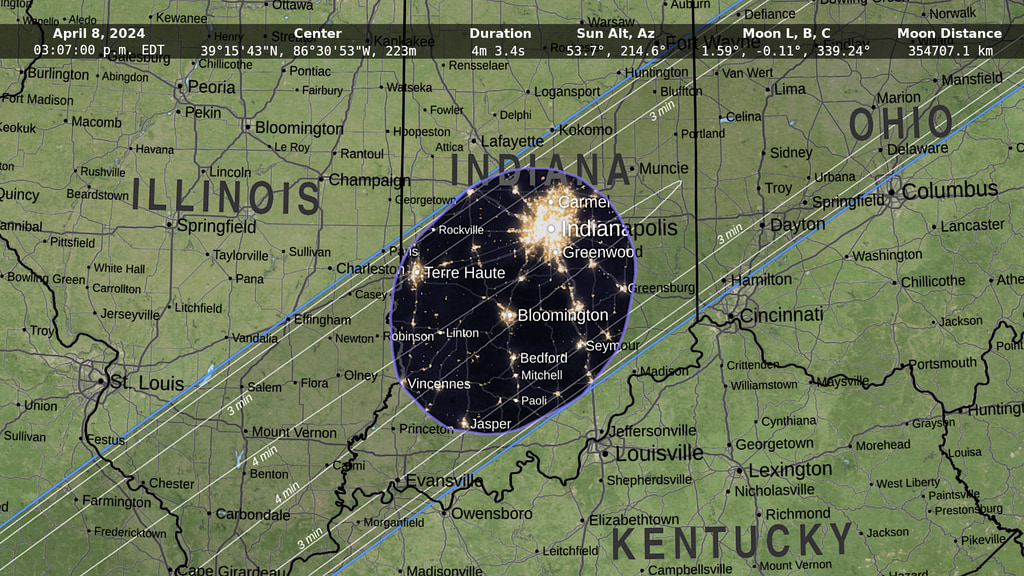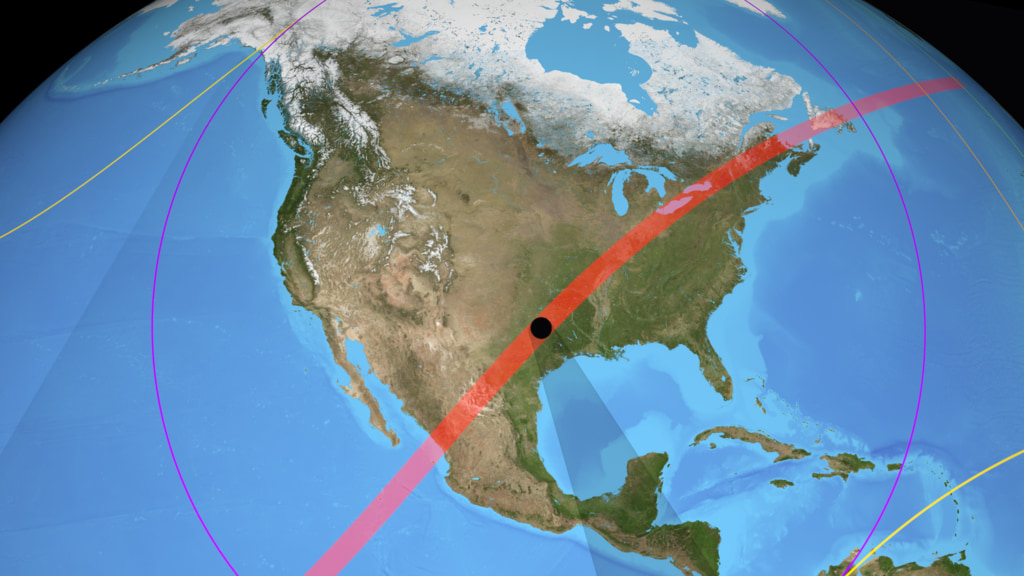Goldstone Apple Valley Radio Telescope (GAVRT) Solar Patrol
The Goldstone Apple Valley Radio Telescope (GAVRT) is located in Goldstone, California. It is a reconfigured antenna used for teaching purposes.
The GAVRT program teaches K-12 students how to calibrate this 34-meter antenna (known as Deep Space Station-28), collect and distribute science data through the Internet and get excited about radio astronomy. Students collaborate with scientists who are working on the same mission and are recognized as part of the science team. Data collected and analyzed by the students is used by NASA in their studies of the solar system.
During the April 8, 2024, total solar eclipse, NASA’s Jet Propulsion Laboratory, educators at the Lewis Center for Education Research in Southern California, and participants in the center’s Solar Patrol citizen science program will observe solar “active regions” – the magnetically complex regions that form over sunspots – as the Moon moves over them. The Moon’s gradual passage across the Sun blocks different portions of the active region at different times, allowing scientists to distinguish light signals coming from one portion versus another. The technique, first used during the May 2012 annular eclipse, revealed details on the Sun the telescope couldn’t otherwise detect.
Music Credit: “Fly Beyond Instrumental” Magnum Opus [ASCAP] via Universal Production Music
Complete transcript available.

Deep Space Station 28, the Goldstone Apple Valley Radio Telescope.
Image Credit: Russell Torres

Eclipse maximum, as observed by GAVRT at 6.00 GHz and 8.45 GHz, on October 14, 2023.
Image credit: Thangasamy Velusamy

Post-eclipse image of the Sun, as observed by GAVRT at 6.00 GHz and 8.45 GHz. One of the active regions monitored by GAVRT during the October 14, 2023, annular solar eclipse is visible as the bright region in the lower left quadrant of the Sun.
Image credit: Thangasamy Velusamy
Animation of GAVRT Solar Patrol observations during the October 14, 2023, annular solar eclipse.
Animation credit: Thangasamy Velusamy

GAVRT observations of active region (AR) 13465 and its associated brightness curve during lunar ingress, during the October 14, 2023, annular solar eclipse.
Image credit: Thangasamy Velusamy

GAVRT observations of AR 13465 and its associated brightness curve during lunar egress, during the October 14, 2023, annular solar eclipse.
Image credit: Thangasamy Velusamy
Credits
Please give credit for this item to:
NASA's Goddard Space Flight Center
-
Producer
- Beth Anthony (KBR Wyle Services, LLC)
Release date
This page was originally published on Wednesday, February 21, 2024.
This page was last updated on Tuesday, March 12, 2024 at 10:40 AM EDT.
![Music credit: "The Intelligent Plant" by Laurent Dury [SACEM] from Universal Production MusicComplete transcript available.](/vis/a010000/a014500/a014547/14547_Citizen_CATE_Thumbnail.jpg)


![Music credit: “Make a Change” by Eric Chevalier [SACEM] from Universal Production Music.Complete transcript available.](/vis/a010000/a013200/a013288/HamSCI_Thumbnail.jpg)
![Watch this video on the NASA Goddard YouTube channel.Complete transcript available.Music credit: "Creativity" by Max van Thun [GEMA] from Universal Production Music.](/vis/a010000/a014400/a014427/Thumbnail_01.jpg)
![Watch this video on the NASA Goddard YouTube channel.Complete transcript available.Music credit: "Synthesis" by Andy Blythe [PRS] and Marten Joustra [PRS] from Universal Production Music.](/vis/a010000/a014400/a014430/Thumbnail_01.jpg)
![Credit: NASA's Goddard Space Flight CenterWatch this video on the NASA Goddard YouTube channel.Music: “Nanofiber” by Andrew Michael Britton [PRS], David Stephen Goldsmith [PRS]; “Climbing the Ladder” by Jose Tomas Novoa Espinosa [BMI] via Universal Production MusicComplete transcript available.](/vis/a010000/a014300/a014392/14392_Thumbnail.jpg)